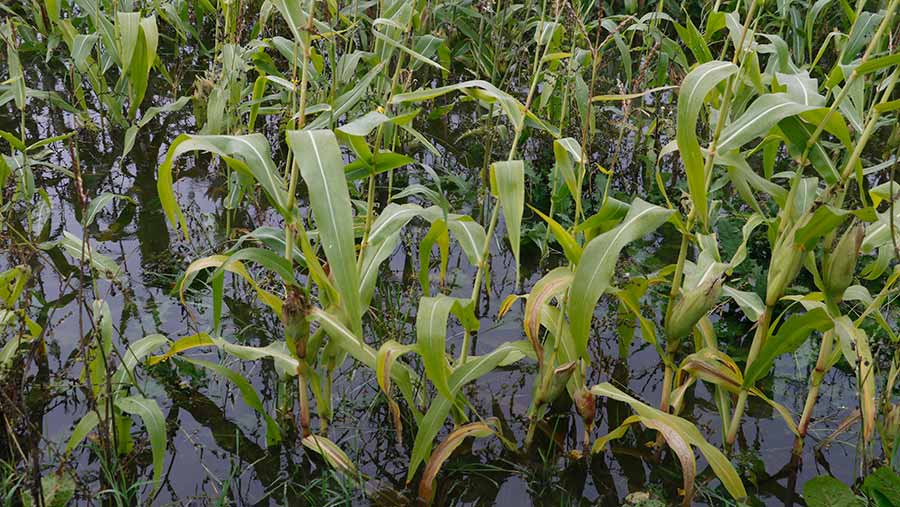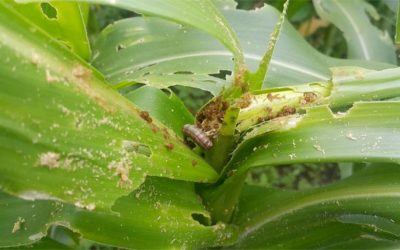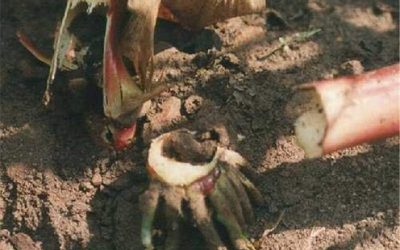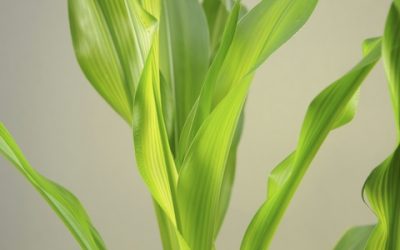Growing maize after a wet season: Challenges and solutions

1. Variety selection
Challenges
Farmers tend to change their maize variety based on the previous year’s growing conditions.
Solutions
– Don’t take a knee-jerk approach when it comes to variety selection
– Select a range of maturity dates to spread the risk.
– Choose varieties that have undergone local trials to ensure they suit your local climate and soil type.
– When comparing variety maturity dates (FAO score), be careful comparing numbers between different breeders as they all measure the FAO score differently. They can be compared within breeders, however.
– If soil erosion is a risk don’t choose a late-maturing variety.
– Remember the variety you choose accounts for about 10% of the yield but can depend on how far north you are located. Yields can reduce the further north you are as it becomes harder to grow larger biomass varieties that will not mature in time. The early maturing varieties tend to be a slightly lower yield.
2. Preventing soil erosion
Challenges
After a wet and flooding season, soil erosion may be an issue and can be a particular concern where the land runs near a watercourse.
Some crops are unable to be harvested because the land was so wet.
Solutions
Maize should only be grown on land where appropriate.
Under-sowing with a forage crop can help prevent soil erosion.
If there is a lack of moisture in the soil, drilling grass may be a better option than broadcasting the seed but this can be limited by the crop height. Drilling can only take place at the start of the crop life (up to leaf 8) as machinery drilling can damage the crop after this stage.
If fields are prone to soil erosion or you have had difficulty cutting maize, you may need to think about harvesting grain maize – it is easier to get the crop off the field in wet conditions compared with using a forager with tractors and trailers.
3. Establishment – drying out fields and dealing with compaction
Challenges
Some fields may still be very wet.
Compaction could be an issue where the crop was harvested in wet conditions.
Solutions
– Let the fields dry out before sowing your maize crop. Fields may require light, shallow cultivations to allow surface water to drain. However, don’t go too deep as this can force the water downwards.
– Dig a hole so you can get an understanding of where your plough pan is. This is the layer of soil that becomes compacted when people plough or cultivate to the same depth (normally 8-10in deep). Then set your cultivator to the correct depth to break it up.
– Know what depth your subsoiler/cultivator is set at.
– Don’t go any deeper than 1in below the plough pan in most circumstances.
– Drill seeds east to west to help crops get the most sun.
– On lighter land it may be necessary to cultivate the land more than once to allow it to dry thoroughly.
– Beware of over-cultivating if using film. In this instance you want a finer, firmer seedbed as this improves pre-emergence efficacy thereby helping to minimise weeds.
4. Establishment – replacing nutrients
Challenges
Soil nutrients may have been washed away by prolonged rain and flooding.
The amount of leaching will depend on the soil type, with lighter soils more likely to have been affected.
Solutions
– Soil sample your fields so you know the nutrient status.
– In a lot of situations, no nitrogen may be required in the seedbed where fields have received manure. However, potash is very important.
– When thinking about nutrients, maize is different to other cereal crops as it uses nitrogen later in the season.


